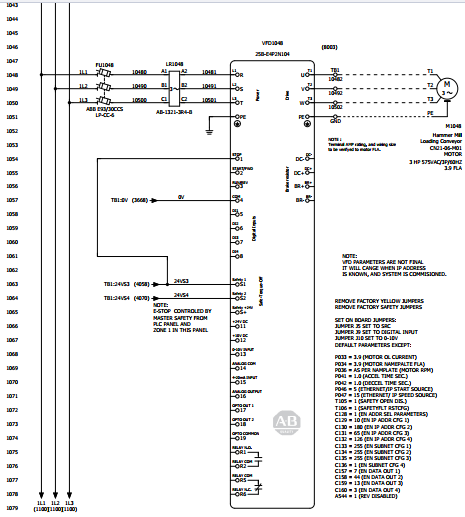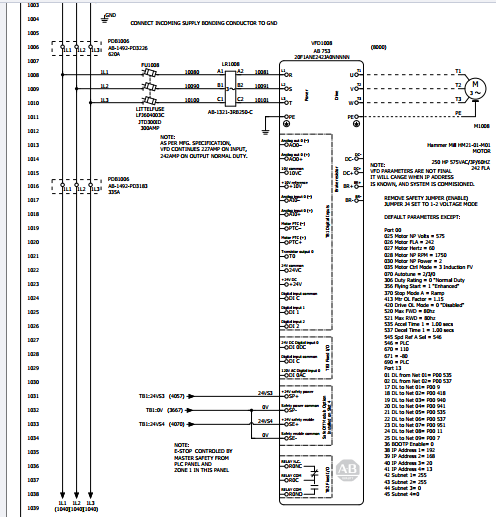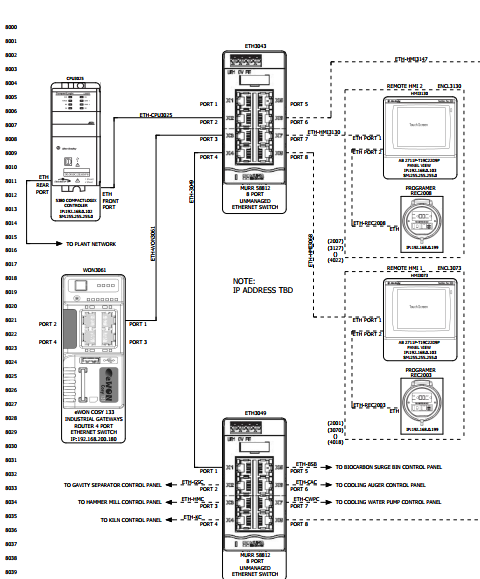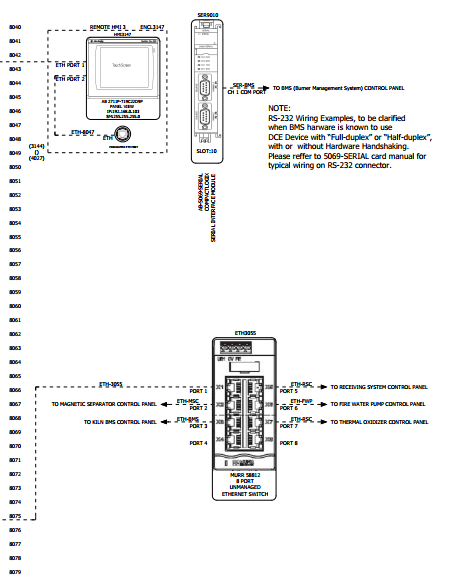Electrical Automation Design
Experience to design innovative solutions that streamline and automate customer processes for greater efficiencies.
With our extensive experience, we have continually empowered our clients to discover innovative solutions that enhance operational efficiency, reduce labor costs, and minimize both downtime and product waste.
Key Components
Understanding Requirements:
This phase involves a thorough definition of the problem, objectives, and system specifications, including the functions, performance criteria, and any relevant standards or regulations.
System Design:
This necessitates the careful selection of suitable sensors and controllers to collect data, process it, and implement actions, with communication networks playing a vital role in facilitating data exchange between components.
Integration and Maintenance:
The design must take into account the integration of the automated system with the current infrastructure, as well as its ongoing maintenance and future upgrades.
The design must take into account the integration of the automated system with the current infrastructure, as well as its ongoing maintenance and future upgrades.
Safety and Compliance:
Ensuring safety and compliance with key standards such as CSA, ESA, and PHSR is essential, particularly when it comes to critical electrical systems.
Ensuring safety and compliance with key standards such as CSA, ESA, and PHSR is essential, particularly when it comes to critical electrical systems.
Benefits of Electrical Automation

Improved Efficiency:
Automated systems deliver superior precision and reliability in task execution compared to traditional manual methods.
Automated systems deliver superior precision and reliability in task execution compared to traditional manual methods.
Improved Safety:
Automation minimizes the risk of human involvement in dangerous environments or activities.
Automation minimizes the risk of human involvement in dangerous environments or activities.
Cost Savings:
By streamlining operations and minimizing mistakes, automation can result in considerable cost reductions over time.
By streamlining operations and minimizing mistakes, automation can result in considerable cost reductions over time.



